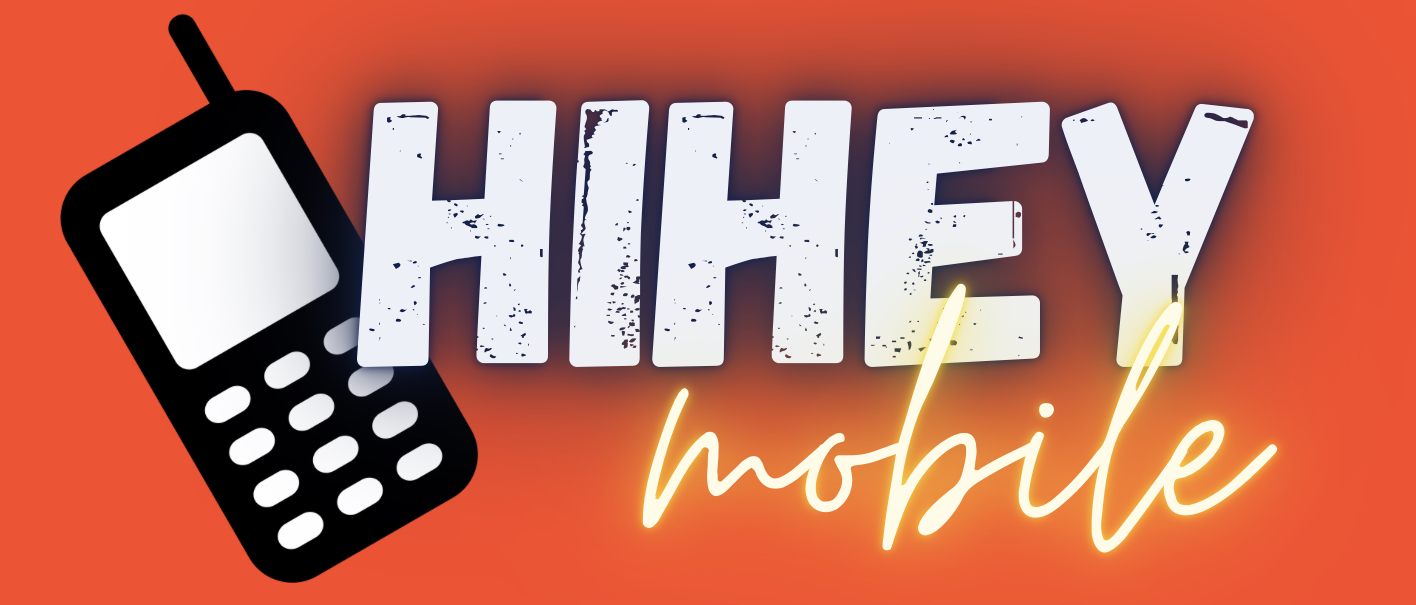eSIM (embedded SIM) technology allows for the integration of a SIM card into a device, such as a smartphone, tablet, or smartwatch, rather than using a physical SIM card. This can provide a number of benefits, including the ability to switch between carriers or plans remotely, the ability to use a single device for multiple phone numbers, and the ability to use a device without the need for a physical SIM card.
 |
| A photo of an iphone 14 without a sim tray slot |
However, there are also some potential issues that can arise with eSIM technology. These may include:
- Compatibility: Not all devices are compatible with eSIM technology, and not all carriers support the use of eSIMs. This can limit the options available to users who want to use an eSIM.
- As of this writing, I can confirm that Globe and Smart already supports e-sim. Haven't seen any articles yet saying that the 3rd telco Dito also supports e-sim.
- Activation issues: Activating an eSIM can sometimes be more complicated than activating a physical SIM card. It may require the use of special software or the assistance of the carrier.
- In fact this is a problem of my niece whos iPhone 14 came from the United States
- Security concerns: eSIMs are vulnerable to hacking or unauthorized access, as they do not require physical access to the device. This can potentially expose users to identity theft or other security risks.
- Limited customization: eSIMs cannot be easily customized or modified, as they are integrated into the device itself. This can limit the ability of users to customize their devices or switch between carriers or plans.
- Limited availability: eSIM technology is still relatively new, and as such, it may not be widely available in all regions or from all carriers. This can limit the options available to users who want to use an eSIM.
Overall, the benefits of eSIM technology can outweigh the potential issues for many users, but it is important to carefully consider the potential risks and limitations before choosing to use an eSIM.
